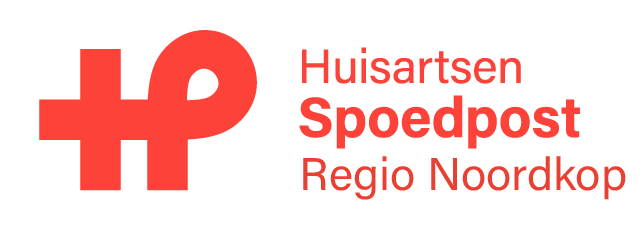Procedure
You cannot just visit the General Practitioner. The General Practitioner is only intended for complaints that cannot wait until the next working day. First go through a few questions on this website to assess whether you should contact them, so you can get the help you need the fastest.
Want to know more? Watch the animation video below and find out how it works at the General Practitioner.
What do I keep handy during the telephone conversation with the General Practitioner?
When you call the General Practitioner, you will be assisted by a specially trained staff member (triagist). Please have the following information ready:
- date of birth and name of yourself or of the person in need of care
- Home address and possibly residence address
- Insurance details
- Phone number where you can be reached
I’m calling for someone else, what now?
If possible, have the patient contact the General Practitioner himself. Is this not possible? Then provide all the details of the person who needs help. Also make sure you are near the patient when you call. You can then describe the symptoms as well as possible. Sometimes the triage nurse (doctor’s assistant or nurse) also wants to ask the patient a few questions himself.
How is the urgency of my request for help determined?
The triage nurse assesses the urgency of your request for help and which care provider can best help you.
During this meeting, questions will be asked to rule out a life-threatening situation, about the reason for your contact with the General Practitioner, the nature of the complaints, your medical history (if the triage nurse does not have access to your patient medical file) and about any medication you are taking.
What are the next steps after the phone call?
Depending on the situation, the triage nurse can provide you:
- Offering a telephone appointment with the GP
- Offer a consultation and hereby appoint the General Practitioner (SOH) Consultation Supporter
- Offering a visit
What does Nivel Primary Care Registrations entail?
Our GP emergency stations participate in Nivel Primary Care Registrations and thus contribute to improving healthcare. Nivel collects data from primary care on behalf of the Ministry of Health, Welfare and Sport. Nivel has a very strict privacy policy and does not receive any information from us that can be used to directly identify patients. Patients who nevertheless prefer not to have their anonymized data used for research can make this known to a staff member of the General Practitioner. The data in question will then no longer be used by Nivel Primary Care Registrations.
More information can be found on the website of Nivel Primary Care Registrations.
In the leaflet you can read what the purpose of Nivel Zorgregistraties is and what participation means for you as a patient.
What is LSP and why/why do I give permission?
Your GP and pharmacy can share your medical data with other healthcare providers. For example, if another doctor or pharmacy needs your medical data to help you quickly, properly and safely. Sharing your medical data is done via the National Exchange Point (LSP). But only if you give permission.
The National Exchange Point (LSP)
The LSP is a healthcare infrastructure: a network to which healthcare providers can connect. Through this network, they can consult medical data about their patients in each other’s systems. The LSP has been specially developed and secured for this purpose.
The LSP is not a database: no medical data is stored in it. That data simply remains in the files at the GP and pharmacy. There, other healthcare providers can view the most important information via the LSP. The LSP is divided into regions. Your healthcare providers can only share and view your medical data within your region.
If you give permission , your GP and pharmacies will register your Citizen Service Number (BSN) with the referral index of the LSP. If you visit another care provider, they can search the referral index with your BSN. The other healthcare provider can then view the data he or she needs for your treatment.
Watch the LSP video here that explains exactly how it works.
What is Mitz and why/why do I give permission?
Through MyMitz you can record your consent choices and indicate whether or not you give permission to share your medical data with other healthcare providers who treat you. Mitz is a joint initiative of healthcare providers in the Netherlands and is supported by the Ministry of Health, Welfare and Sport.
Read the entire brochure about Mitz here. The video below explains exactly how Mitz works.
